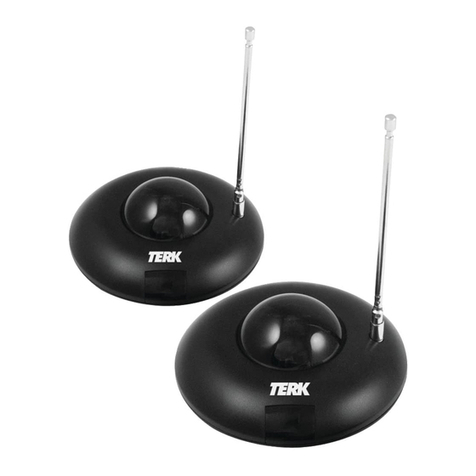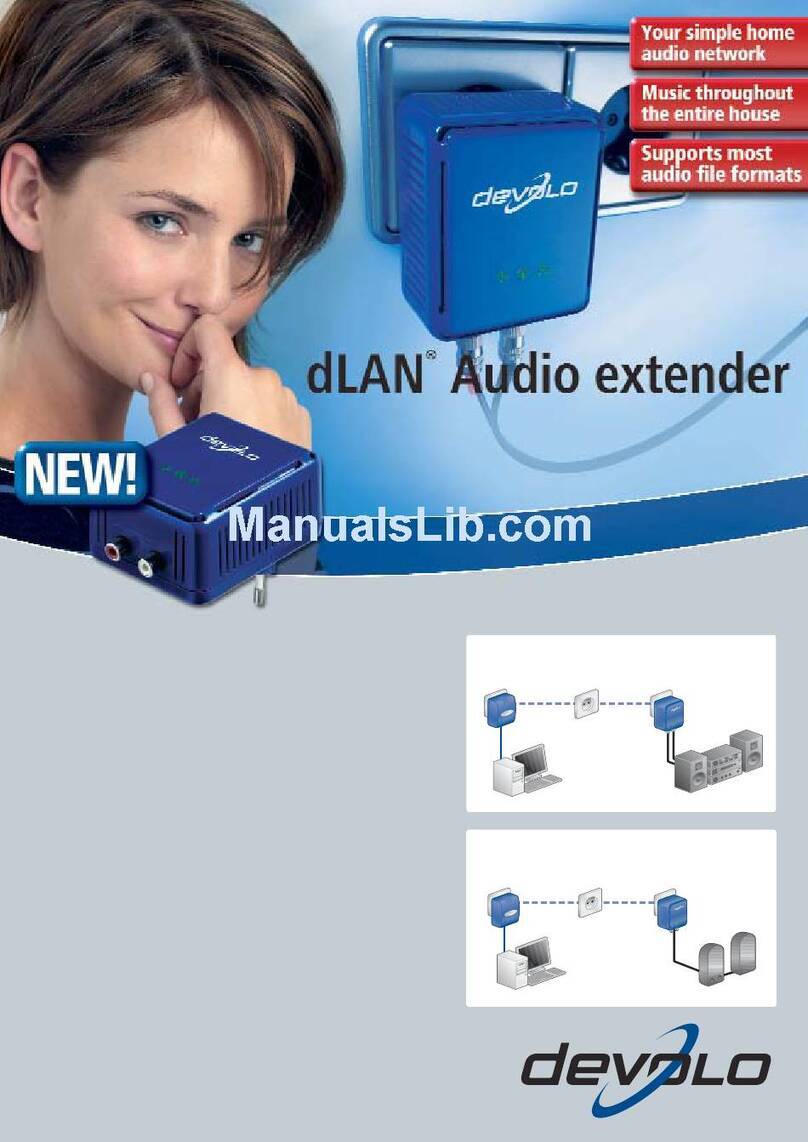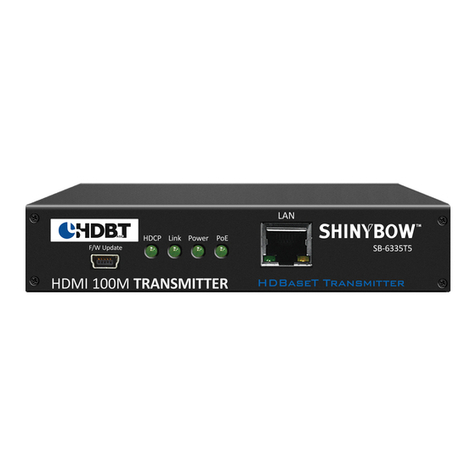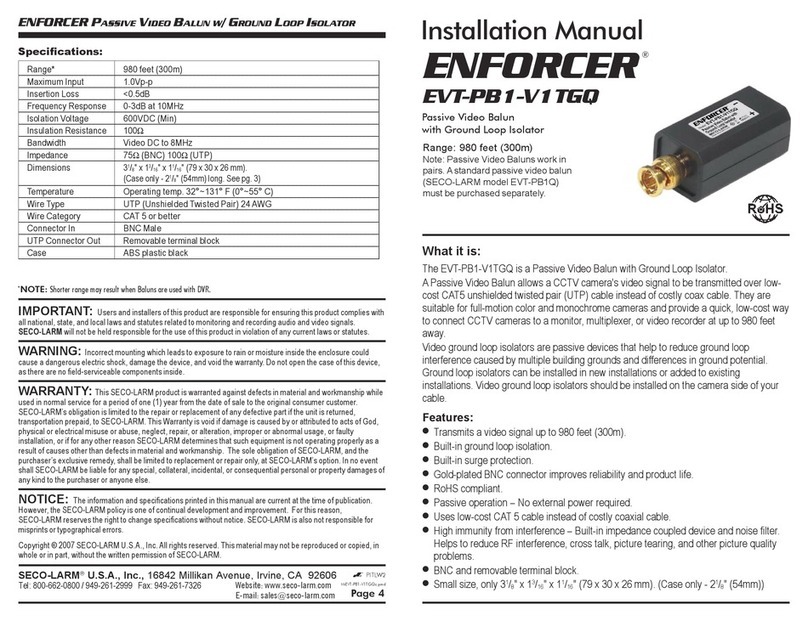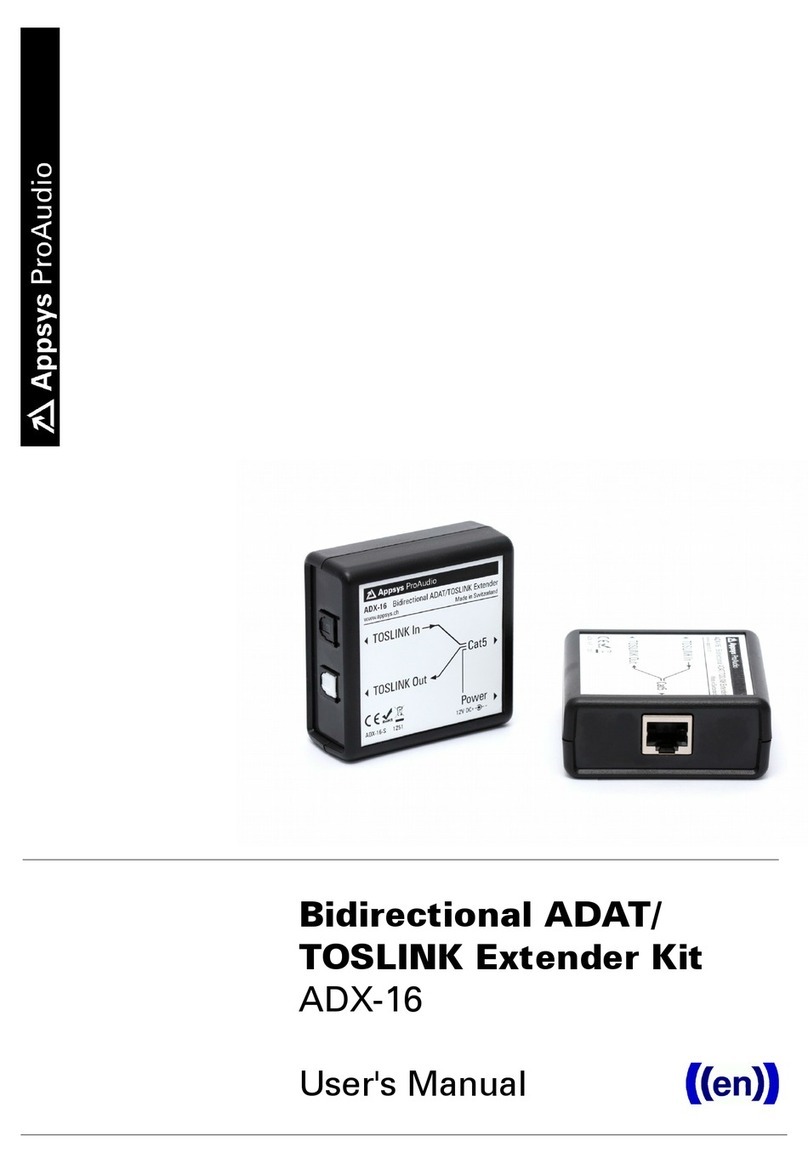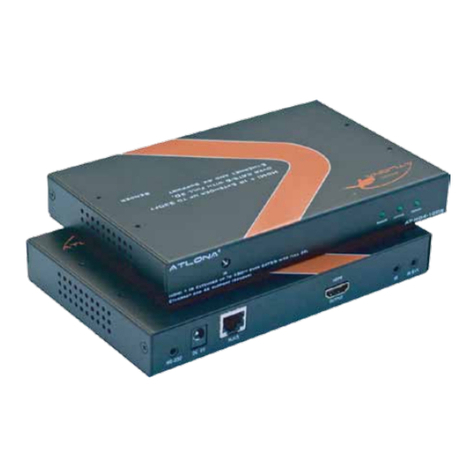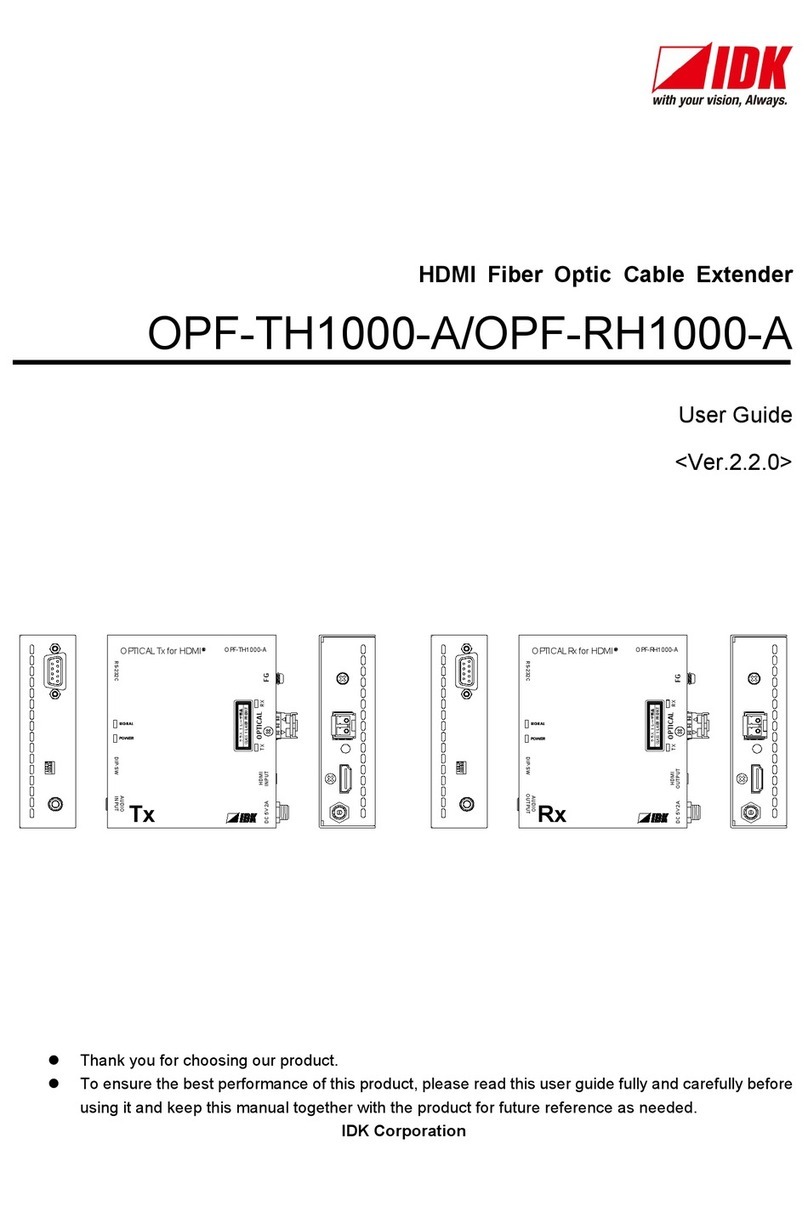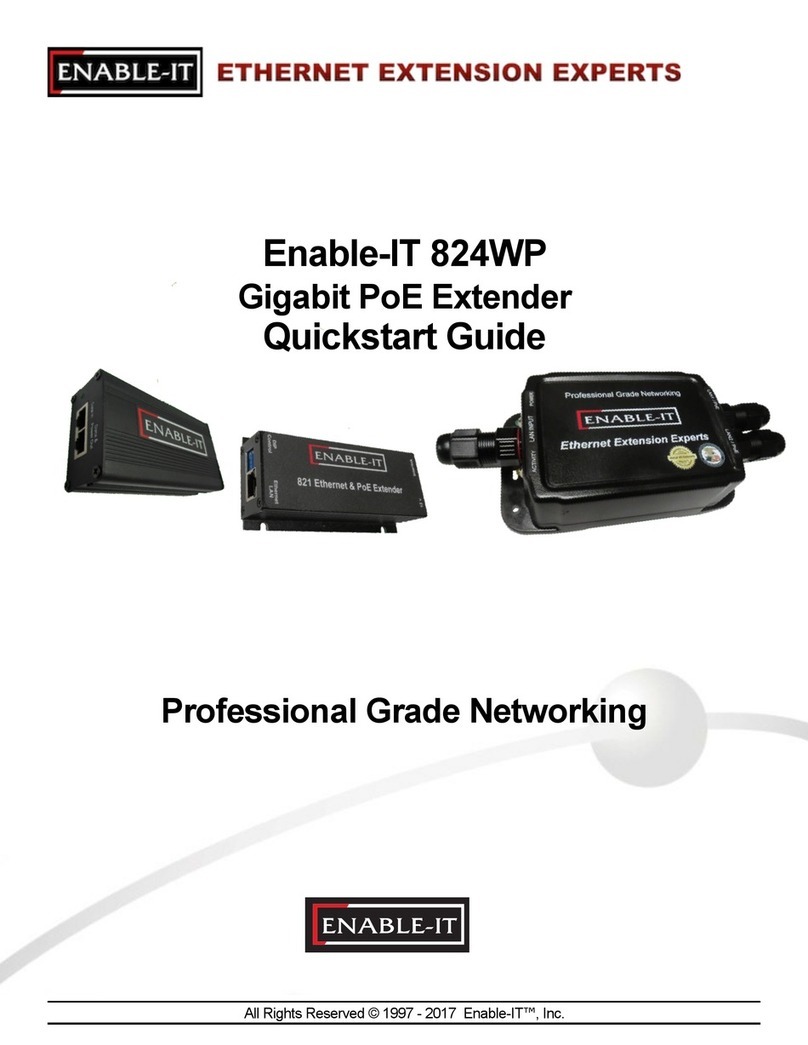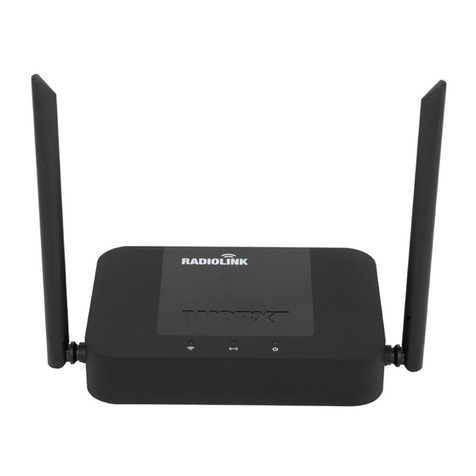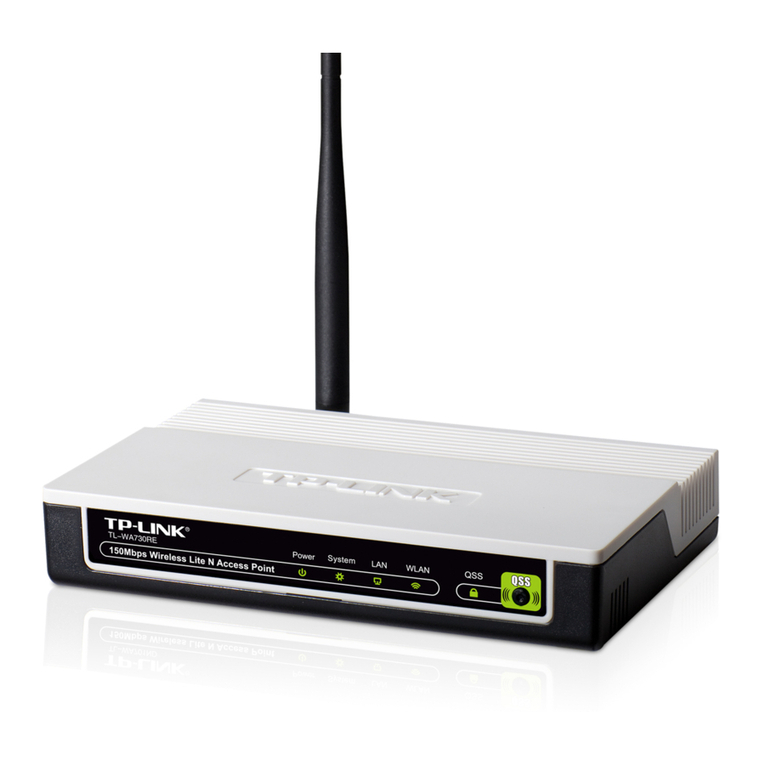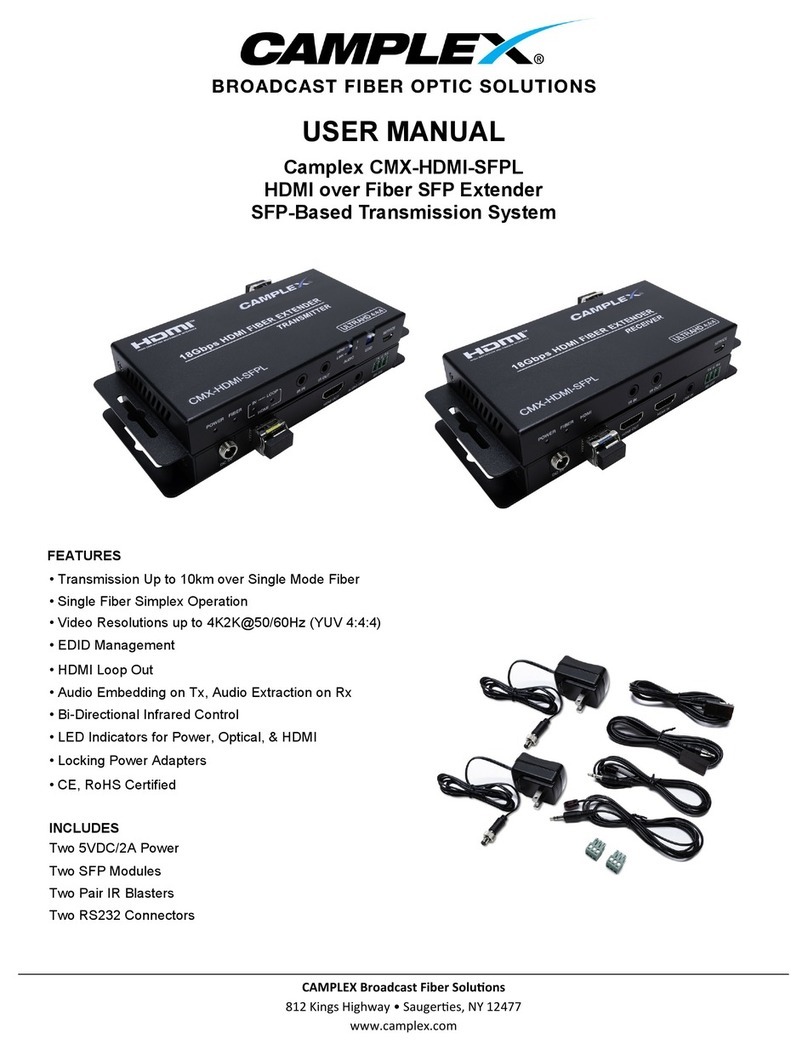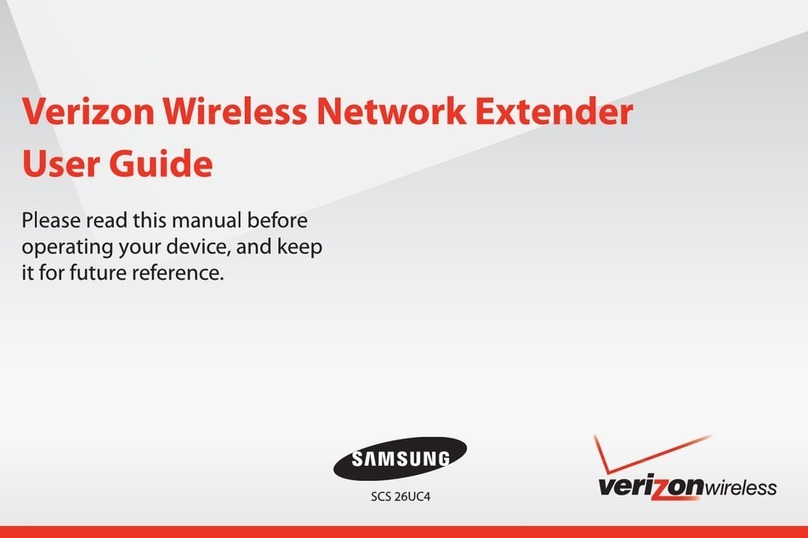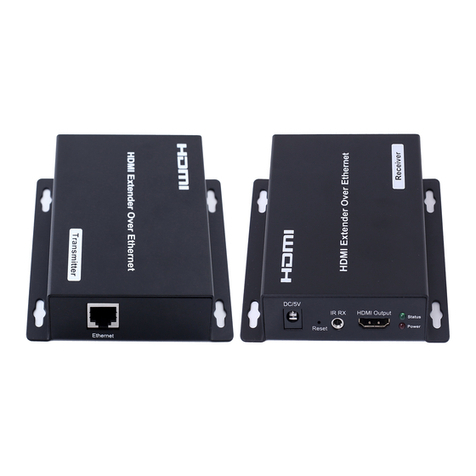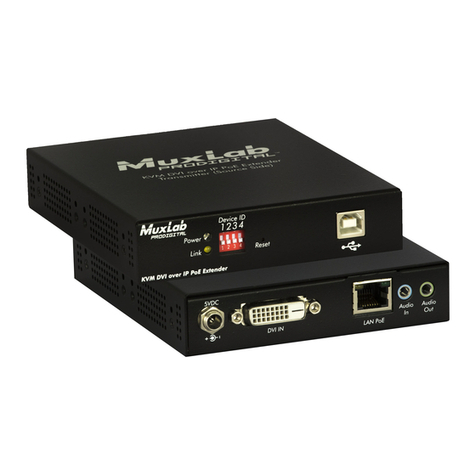
1. Important notes
1.1. Applications
The compressor is intended for compressing air only. Its use to compress other gases
requires prior agreement with machine manufacturer or vendor. Such agreement must be
made in writing. The compressor may not be used for any purpose other than specified.
1.2. Operation
While operating the compressor:
-Observe the instructions provided in the Manual and Warranty Book.
-Technical and operating checks should be performed by the manufacturer or
authorised service, using the manufacturer’s parts and consumables.
-During the warranty period, use only manufacturer’s parts and consumables.
1.3. Other remarks and instructions
-The KOMPBERG BKB22 TWIN booster compressor will reach its maximum
compression pressure only when 1.0-1.3 MPa is applied on the suction side from
the screw compressor,
-Operators should observe general H&S rules for boosters; also the technical
supervision body regulations for pressure equipment shall apply,
-An air tank selected individually by our technicians is necessary to ensure proper
functioning of the KOMPBERG BKB22 TWIN boosters.
2. Operating safety rules
The present rules are valid for BERG compressors. In addition to the H&S and Technical
Supervision regulations applicable to compressors, their assemblies and accessories, the
safety instructions given below should be followed in particular. The operators are
supposed to observe safe work practices. It is the user’s responsibility to continuously
maintain the compressor fully operable. Components and equipment considered to be no
longer suitable for safe operation should be promptly replaced. Adjustments, installation,
operation, maintenance and servicing should be entrusted only to properly trained,
qualified and authorized staff.
The limit values (pressure, temperature, time settings etc.) are given in the Technical
Data section.
The limit values may not be changed by the user.
The manufacturer accepts no responsibility for any injury, damage of equipment or the
compressor itself, at present and in the future, resulting from user’s negligence and failure
to observe the installation, operation and maintenance requirements contained herein. No
responsibility is also taken for failure to observe valid safety standards relating to the
equipment and qualified staff.
2.1. Basic requirements for safe transport and positioning of the boosters
In addition to the general H&S and Technical Supervision regulations, the following rules
must be observed:
-Use only H&S compliant and approved by the Technical Supervision lifting
equipment to lift the compressor. Fix in place all rotating or loose parts of the
machine before lifting it. It is strictly forbidden to stand in the hazardous range of
the lift operation. Machine movement can be accelerated or slowed down only
within applicable limits.
-The compressor is transported on wooden pallets which should be secured against
movement during transport. Fasten the compressor frame with cargo straps to
appropriate holders on the vehicle platform to prevent it from sliding or overturning.
-All screw and pipe connections should be of appropriate size and designed for a
given operating pressure.
-The compressor is not designed to operate outdoors.

